
Seed corn represents one of the most expensive variable input costs for Indiana corn growers (Langemeier et al., 2021) and so choosing the most economical seeding rate is important for maximizing dollar return to seed at harvest time.


Seed corn represents one of the most expensive variable input costs for Indiana corn growers (Langemeier et al., 2021) and so choosing the most economical seeding rate is important for maximizing dollar return to seed at harvest time.
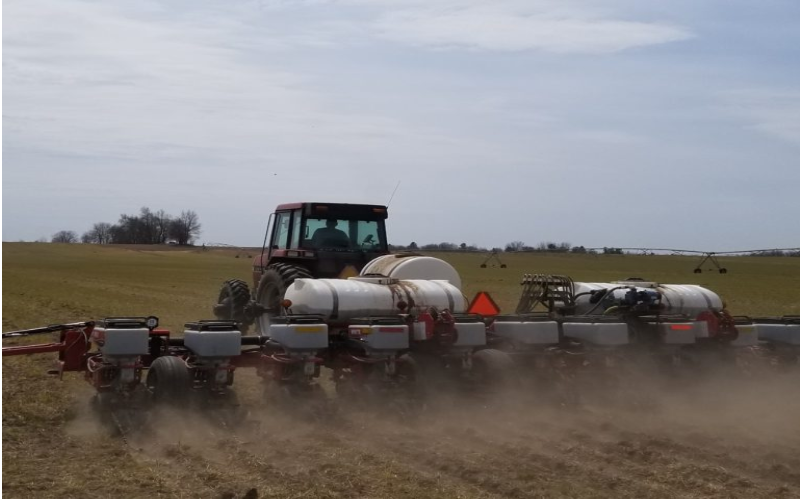
The key to maximizing corn yield is largely driven by minimizing the impact of potential yield-limiting factors during the growing season.
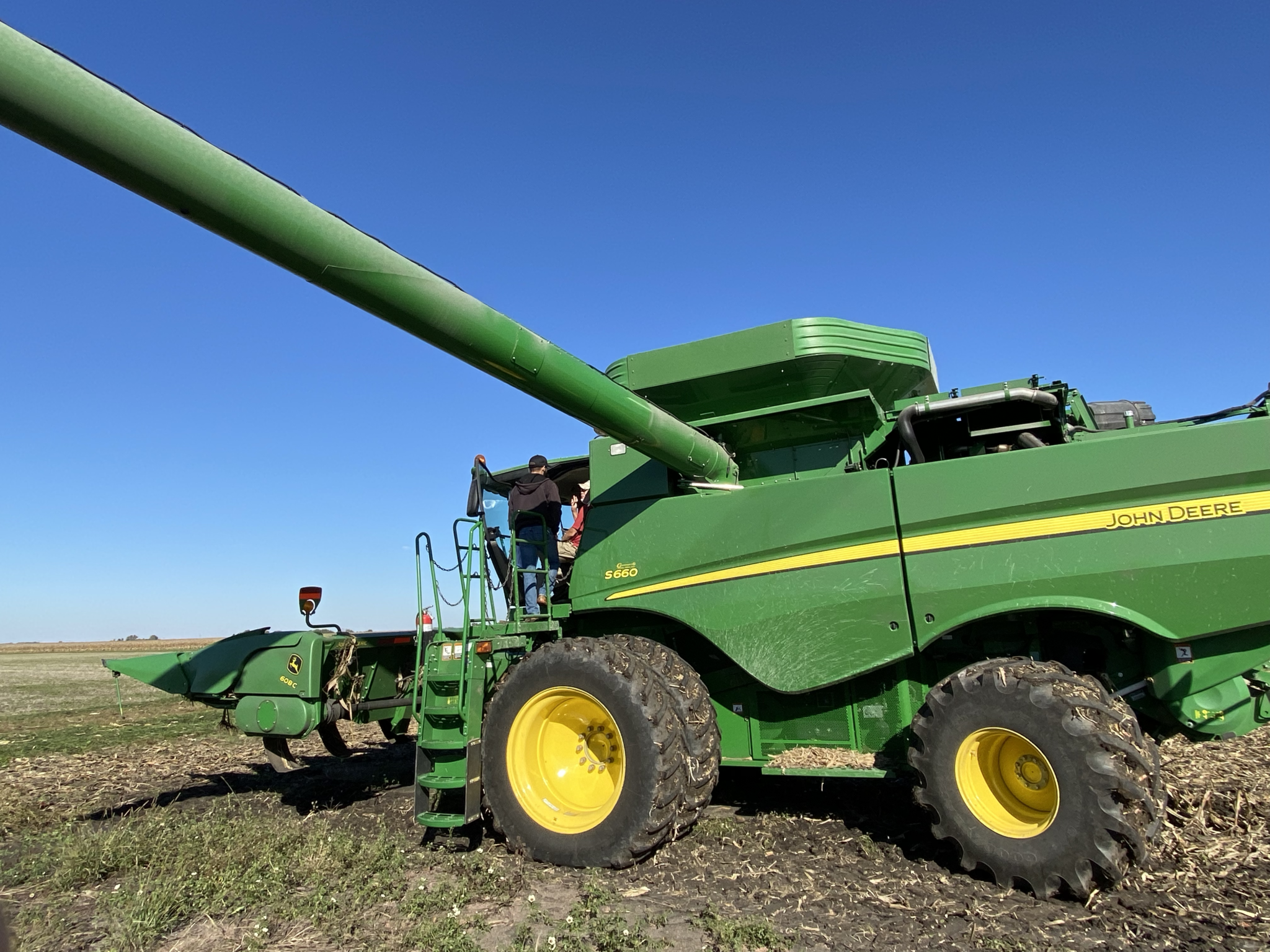
This week marks the first time that corn harvest progress has dropped below the 5-year average for 2021.
This report summarizes corn yield response to fertilizer nitrogen (N) rate in field-scale trials conducted
around the state of Indiana since 2006.
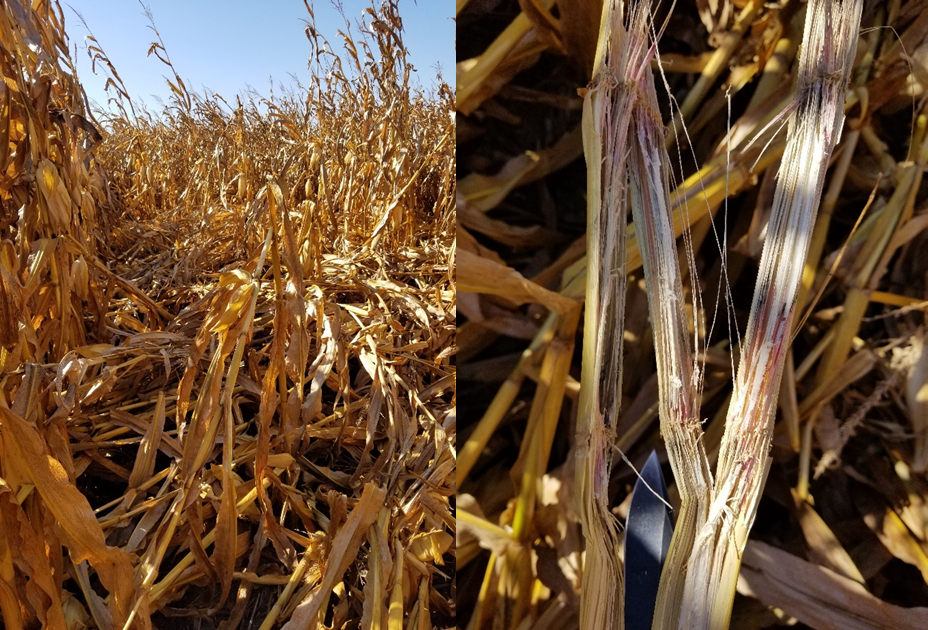
There are many factors that can contribute to stalk decline. There are both plant pathogenic causes and abiotic stresses factors that can play a role in reduced stalk integrity, such as drought and flooding. Either way, as stalk tissue becomes compromised below the main ear the stalk may become brittle or weak and be prone to lodging.
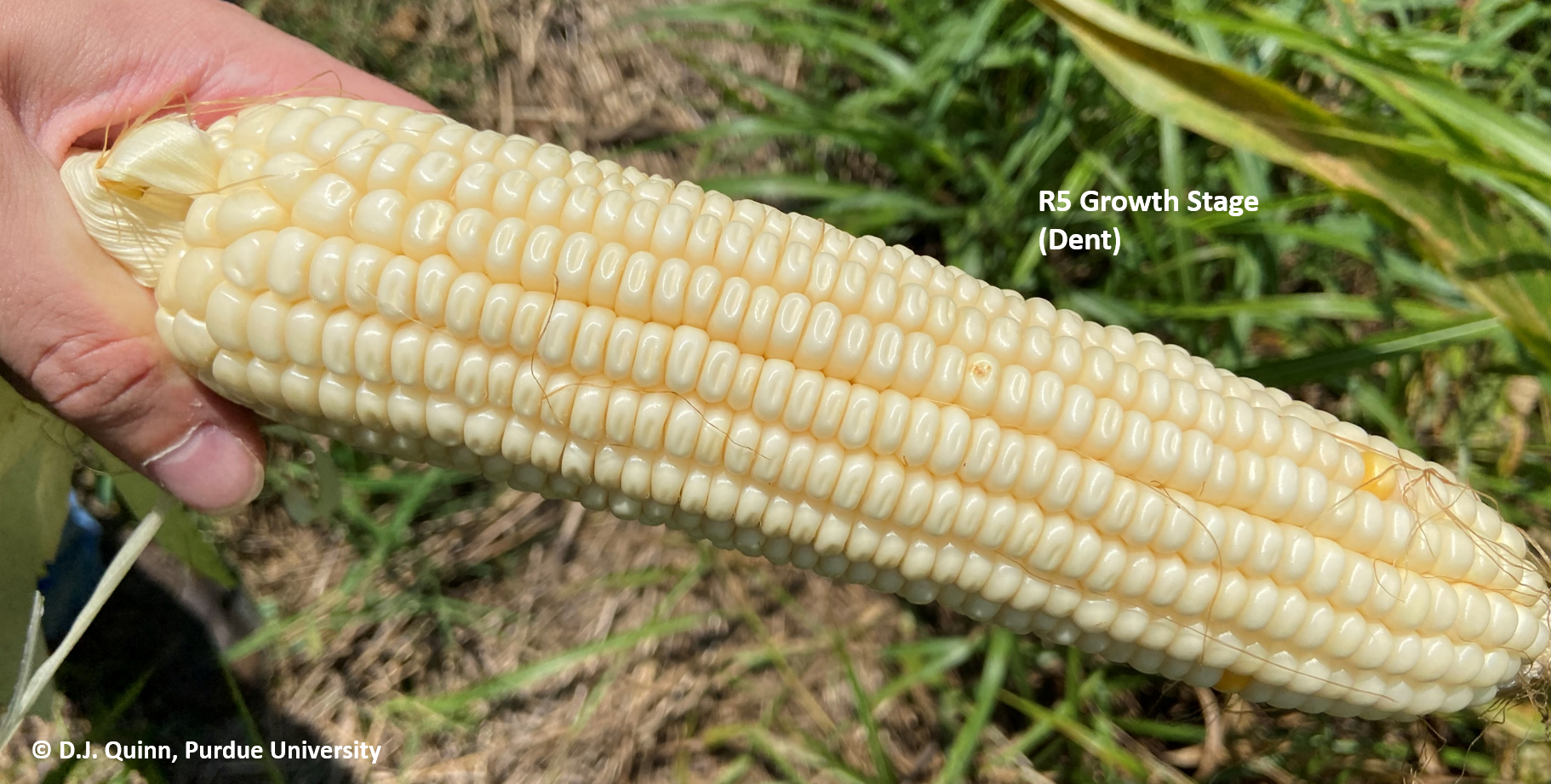
The majority of the corn across the state of Indiana has either just entered the dent growth stage (R5) or has already been in the dent stage as it approaches physiological maturity (R6, black layer).

The USDA recently released their first monthly crop report on August 12, which includes crop production data for the U.S., including estimates for 2021 area harvested, yield, and total production.
On this Purdue Crop Chat Podcast, Purdue Extension Soybean Specialist Shaun Casteel and Corn Specialist Dan Quinn are joined by Darcy Telenko, Purdue Field Crop Extension Plant Pathologist, to discuss diseases that are popping up around the state in both corn and soybeans.
Purdue Extension Soybean Specialist Shaun Casteel and Corn Specialist Dan Quinn are back for another episode of the Purdue Crop Chat Podcast. On this episode, the guys discuss the most recent crop condition ratings and compare that to what they’re seeing around the state. Casteel also discusses the advantages to having a drone to scout your field at this point in the season.
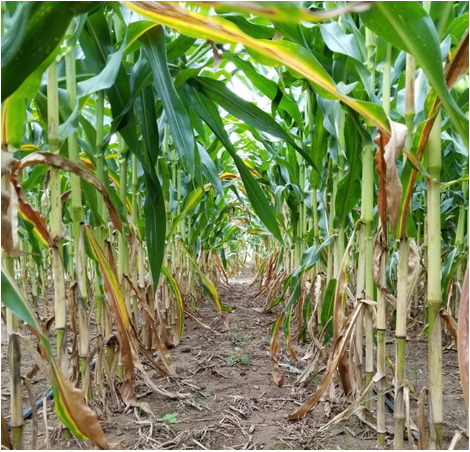
Many locations in Indiana recently experienced rainfall totals in excess of 5 inches in a relatively short period of time. The heavy rainfall has resulted in significant water movement through the soil profile, saturated soils, and some significant flooding and ponding in certain areas.
© 2024 Purdue University | An equal access/equal opportunity university | Copyright Complaints | Maintained by Pest&Crop newsletter
If you have trouble accessing this page because of a disability, please contact Pest&Crop newsletter at luck@purdue.edu.